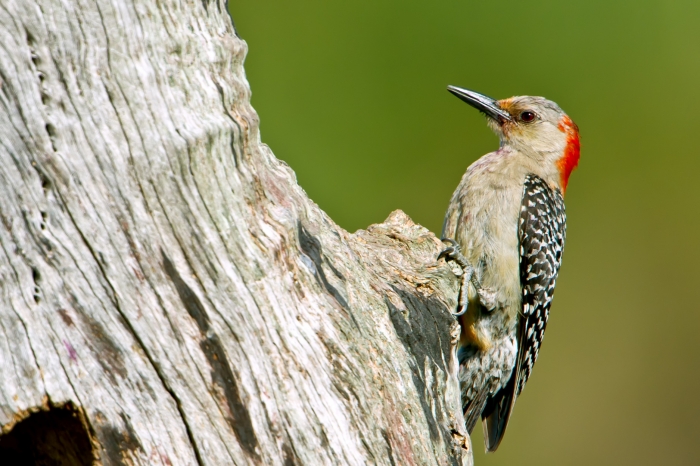(StatePoint) There’s nothing like spending time outdoors in the woods. With some simple steps, you can make your woodlands a paradise for flora and fauna by creating a space for wildlife to thrive.
“As most of America’s forests are owned privately, landowners play a key role in our wildlife’s future.” says Mike Burns, forester and program resource manager with the American Forest Foundation. "Attracting wildlife is entirely within the power of woodlandowners, all they need to do is provide the right food and shelter for their desired species".
One of the most important ingredients for thriving forest wildlife is dead wood. In fact, up to 20 percent of a forest’s wildlife may depend upon it for survival, according to wildlife conservationists.
The American Forest Foundation is offering tips on wildlife-friendly forest management on your property:
Snags
Flooding, winds, ice storms, lightning, fire and drought can cause mortality in trees, as will insects, disease and other factors. Before carting off dead or dying trees for firewood or disposal, consider leaving a few of these tress, called snags, standing.
“A snag, acts as a ‘condo’ for insects, birds, mammals, reptiles and amphibians, as well as a time-release compost stick, slowly releasing nutrients into the soil.” says Burns. “Without snags, a forest just isn’t the same for wildlife who use the cavities to nest, attract mates and find food.”
Logs
When you leave downed trees or logs on your property, you are starting a life cycle fueled by the decomposing wood.
Plants, fungi and animals rely upon logs as food sources and places to live. Decomposing logs enrich the soil and provide places for tree saplings and other plants to take root, as well as shelter and denning sites for animals.
Decomposers found on or in logs provide food for amphibians, reptiles, birds and mammals.
Brushpiles
Brushpiles provide a micro-habitat for the more stealthy creatures hiding from predators. If you want to boost biodiversity on your land while recycling extra trimmings, branches and logs, try “installing” a few brushpiles for wildlife.
You can build a teepee-shaped brushpile by placing several five- to six-foot-long logs or large branches in a square. Leave some gaps between the foundation pieces so rabbits or other small creatures can scamper in and out. Next, lean several large branches, leaves pointed downward, so the cut, open ends meet at the top. Then incorporate smaller branches to fill many gaps, but not all. Leave some openings so birds and small animals can enter and exit. A good brushpile is usually about four feet high or taller and ten to 15 feet wide.
For more tips on creating a healthy habitat for wildlife on your land, visit www.MyLandPlan.org which also offers information for mitigating the increased risk of forest fires that dead wood can introduce.
There are few things more exciting than seeing animals in the wild. By being considerate of the critters and birds inhabiting your land, you can help protect the resources they need to thrive.





















